Sinwonsa Temple – 신원사 (Gongju, Chungcheongnam-do)
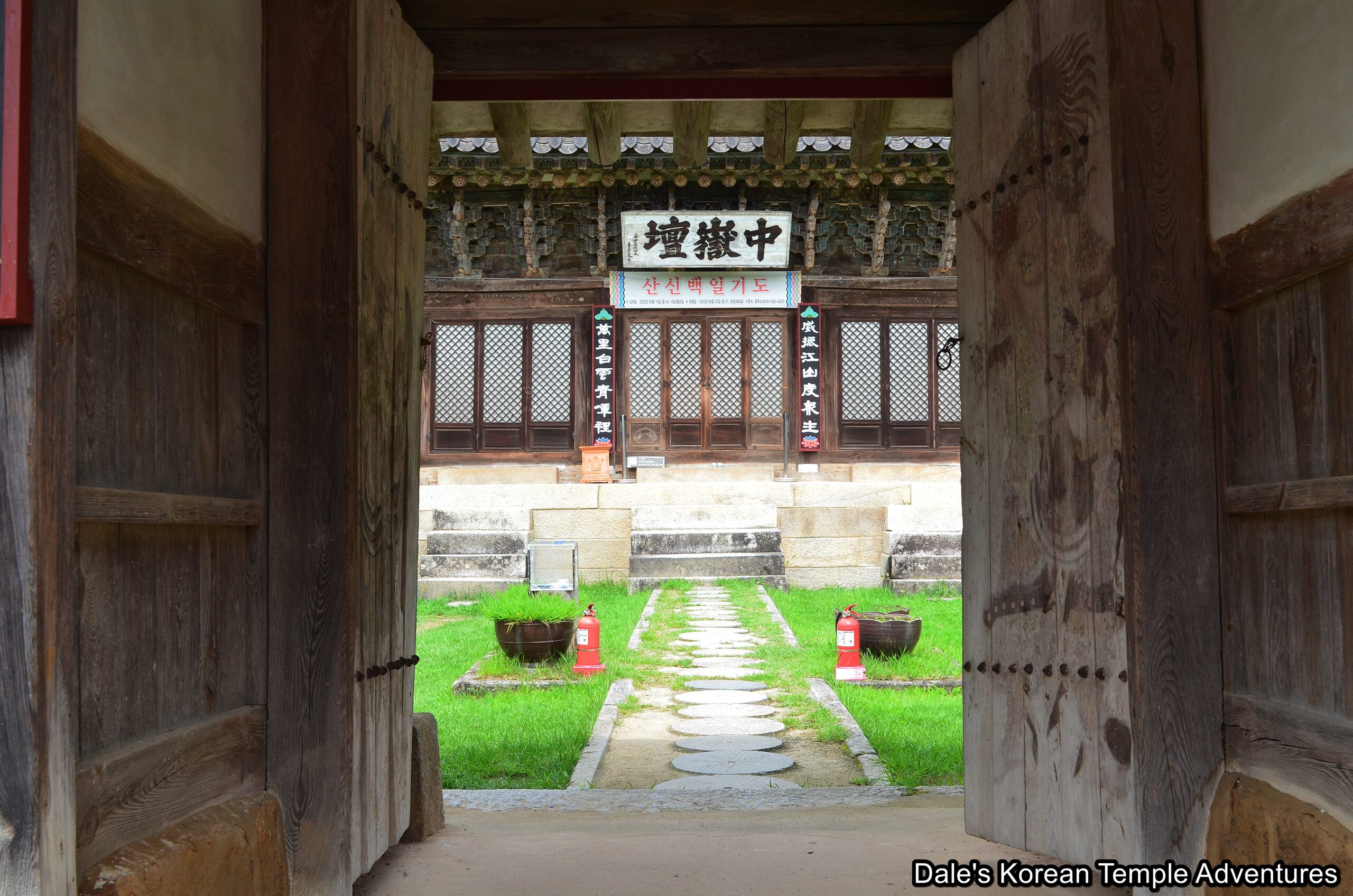
Temple History
Sinwonsa Temple is located in Gongju, Chungcheongnam-do. More specifically, Sinwonsa Temple is one of three major temples located in Gyeryongsan National Park alongside Donghaksa Temple and Gapsa Temple. Sinwonsa Temple is situated in the western part of the park. Sinwonsa Temple was first established in 651 A.D. by the monk Bodeok-hwasang, who was also the founder of Yeolban-jong (The Nirvana Sect).
Eventually, the temple was left in disrepair and eventually rebuilt by Doseon-guksa (826-898 A.D.) at the end of Unified Silla (668-935 A.D.). The temple was later rebuilt in 1298; and then again in 1393 by the monk Muhak-daesa (1327-1405). After this rebuild, the temple was destroyed in 1592 during the Imjin War (1592-1598). The temple was later rebuilt and moved slightly to the northwest from its former location. Eventually, the temple would be renovated in 1876 led by the monk Gaeyeon-hwasang. And in 1885, the temple was repaired and renovated, once more, this time by Sim Sanghun, who was a government official. He did this to help quell any troubles the country was going through. Interestingly, it was also at this time that Sim Sanghun changed the Chinese characters of the temple name. Originally, Sinwonsa Temple meant “Spirit Garden Temple” in English. It was changed at this time to mean “New Era Temple” in English, instead.
More recently, and over the past few decades, Sinwonsa Temple has undergone numerous changes and additions like the casting of the large Brahma Bell in 1982, the rebuilding of the five-story pagoda in 1988, and the addition of the Cheonwangmun Gate in 1998.
Arguably Sinwonsa Temple’s greatest feature is the Jungakdan Shrine in Gyeryongsan Mountain, which is Korean Treasure #1293. The shrine was first built during the Joseon Dynasty (1392-1910) to hold veneration rituals for guardian deities at Mt. Gyeryongsan, which was regarded as a sacred mountain. Mt. Gyeryongsan was one of the major mountains where veneration rituals took place during Unified Silla (668-935 A.D.). The mountains were Mt. Myohyangsan, which was known as Sangak (Upper Mountain); Mt. Jirisan in the south, which was known as Haak (Lower Mountain), and Mt. Gyeryongsan, which was known as Jungak (Middle Mountain) during the Joseon Dynasty (1392-1910).
It’s believed that the first veneration ritual took place in 1394 at Mt. Gyeryongsan after Muhak-daesa said that a Sanshin (Mountain Spirit) visited him in a dream. The altar in this mountain was closed in 1651. Then in 1879, the altar was restored at the behest of Queen Myeongseong (1851-1895), who named it Jungakdan. The hanging tablet for the shrine was written by Yi Jung-Ha (1846-1917), who was a high-ranking official. And inside the main shrine hall of Jungakdan, you’ll find a wooden altar with a memorial tablet and a painting dedicated to Sanshin (The Mountain Spirit) on it.
In total, Sinwonsa Temple is home to one Korean Treasure: the already mentioned Jungakdan Shrine in Gyeryongsan Mountain. The temple is also home to a National Treasure, the Hanging Painting of Sinwonsa Temple (Rocana Buddha), which is National Treasure #299.
Admission to Sinwonsa Temple is Admission 3,000 won for adults, 1,300 won for teens, 700 won for children, and children under 6 are free.
Temple Layout
As you first approach the temple grounds, you’ll first be greeted by the Cheonwangmun Gate. Housed inside this entry gate are four modern images of the Four Heavenly Kings that are smaller in appearance.
Slightly to the left, and up another pathway, you’ll pass by the Beomjong-gak Pavilion at Sinwonsa Temple. This open-designed bell pavilion houses the large bronze bell cast in 1982. And it’s beyond this bell pavilion to your left that you’ll next encounter a five-story pagoda. This pagoda stands out in front of the Daeung-jeon Hall. Rather interestingly, a set of eight murals depicting the Shimu-do (Ox-Herding Murals) surround the exterior walls of the main hall. What’s unique about this is twofold: first, there are only eight murals, which was the original number in the set before it was expanded to ten. The other interesting feature is that you find the ox-herder pointing upwards in the seventh painting in the set reminiscent of the baby Buddha pointing upwards at his birth.
As for the interior, the Daeung-jeon Hall is rather modest with a triad resting on the main altar. In the centre sits a statue dedicated to Seokgamoni-bul (The Historical Buddha), who is joined on either side by statues dedicated to Bohyeon-bosal (The Bodhisattva of Power) and Munsu-bosal (The Bodhisattva of Wisdom). On the far left wall, you’ll find a Shinjung Taenghwa (Guardian Mural) joined by a replica of the much larger National Treasure at Sinwonsa Temple, the Hanging Painting of Sinwonsa Temple (Rocana Buddha). And to the right of the main altar are a collection of three murals dedicated to Korean monks. The first on the left is dedicated to Doseon-guksa, while the central image is dedicated to Bodeok-hwasang, while the right mural is dedicated to Muhak-daesa.
To the left of the Daeung-jeon Hall is the Nosana-jeon Hall. Housed inside this shrine hall is a large, modern replica of the temple’s National Treasure, the Hanging Painting of Sinwonsa Temple (Rocana Buddha). Joining this large Gwaebul (Large Buddhist Banner Painting) inside the Nosana-jeon Hall is a beautiful Shinjung Taenghwa (Guardian Mural).
As for the historic Hanging Painting of Sinwonsa Temple (Rocana Buddha), it was first produced in 1644. In the massive painting, which is 11.18 metres long and 6.88 metres wide, it depicts Nosana-bul preaching the truth to the crowd of devotees alone. Joining this central image are ten additional Bodhisattvas in the Gwaebul, as well as the Four Heavenly Kings on both sides of the central Buddha and Bodhisattvas. In the crown of Nosana-bul, you’ll find the image of Seokgamoni-bul with his fingers pointing downwards. The clothes of Nosana-bul are green, red, and pink. Overall, the Gwaebul has a delicate and pleasing overall appearance that expresses itself through various colours.
To the rear of the Nosana-jeon Hall is the Dokseong-gak Hall. As the name of the temple shrine hall hints at, it’s dedicated to the shaman deity Dokseong (The Lonely Saint). Also joining this older mural dedicated to Dokseong is an equally older mural dedicated to Chilseong (The Seven Stars). Both beautifully compliment the other in their older overall aesthetic.
And to the right of the Daeung-jeon Hall, on the other hand, is the Gwaneum-jeon Hall. The exterior walls to this hall are adorned with beautiful paintings including an all-white image dedicated to Gwanseeum-bosal (The Bodhisattva of Compassion), a Taoist image of two youthful dongja (attendants) carrying a giant peach (a symbol of immortality), and a pair of dongja. One of these dongja is holding up a lotus flower like an umbrella, while the other partially ignores the first almost like the Bodhidharma. As for the interior of the Gwaneum-jeon Hall, you’ll find a solitary image of the Bodhisattva on the main altar. This central image is then joined by hundreds of smaller images of Gwanseeum-bosal.
And out in front of the Gwaneum-jeon Hall is the Yeongwon-jeon Hall. This hall is surrounded by beautiful images around its exterior walls. On the backside, and in the centre, is another all-white image dedicated to Jijang-bosal. To the left of this image is a monk-like Dokseong image that’s actually Sanshin (The Mountain Spirit) with his tiger. And to the right of the central image of Gwanseeum-bosal is that of Dokseong (The Lonely Saint).
To the right of the main temple courtyard, and as though it’s purposely separated from the rest of the temple shrine hall and grounds, is the previously mentioned Jungakdan Shrine in Gyeryongsan Mountain. The earthen walls are adorned with beautiful tile designs. You’ll step through the Daemun-ganchae to gain entry to the outer precinct at the shrine. Next, you’ll need to pass through the Jungmun-ganchae, which are beautifully adorned with a pair of faded guardians on these entry gate doors, to gain entry to the inner sanctum of the shrine. This 19th century shrine is simplistically adorned around its exterior walls. Stepping inside the Jungakdan Shrine, you’ll notice arguably Korea’s most recognizable Sanshin (Mountain Spirit) mural adorning the main altar with a quizzical tiger looking upwards at the magpie that’s perched peacefully on the tree branch overhead of the tiger. This image is then fronted by a pair of paintings dedicated to King Gojong of Joseon (King Gojong r. 1863-1897; Emperor of Korea, r. 1897-1910) and Queen Myeongseong (1851-1895).
Rather interestingly, you can find a five-story pagoda in the temple parking lot near the Jungakdan Shrine. What’s interesting about this, and was hinted at before, this five-story pagoda used to stand in the centre of the former main temple courtyard at Sinwonsa Temple. And while the temple was moved slightly to the northwest after its destruction after the Imjin War (1592-1598), the five-story pagoda remained in place. While damaged and missing both the fifth story and the finial, the pagoda is a beautiful example of Goryeo Dynasty (918-1392) artistry. The five-story pagoda is Chungcheongnam-do Tangible Cultural Heritage #31.
How To Get There
From the Gongju Train Station, you’ll need to take either Bus #205 or Bus #206 to get to Sinwonsa Temple. The bus ride will last around 38 minutes over 24 stops. You’ll need to get off at the Sinwonsa Temple bus stop and then walk 7 minutes, or 500 metres, to get to the temple.
Overall Rating: 8/10
Obviously the main highlight to Sinwonsa Temple is the Jungakdan Shrine in Gyeryongsan Mountain. Both the architecture of the structure, as well as the painting of Sanshin inside, are the finest examples of the Mountain Spirit in all of Korea. Take your time when you’re at the Jungakdan because you won’t see anything else like it. In addition to the Jungakdan Shrine, the original Hanging Painting of Sinwonsa Temple (Rocana Buddha), the artwork inside the Dokseong-gak Hall, the Shimu-do surrounding the Daeung-jeon Hall, as well as the artwork surrounding the Gwaneum-jeon Hall are all superb and second-to-none in their artistry. Overall, Sinwonsa Temple is a peaceful site for visitors to relax and explore.
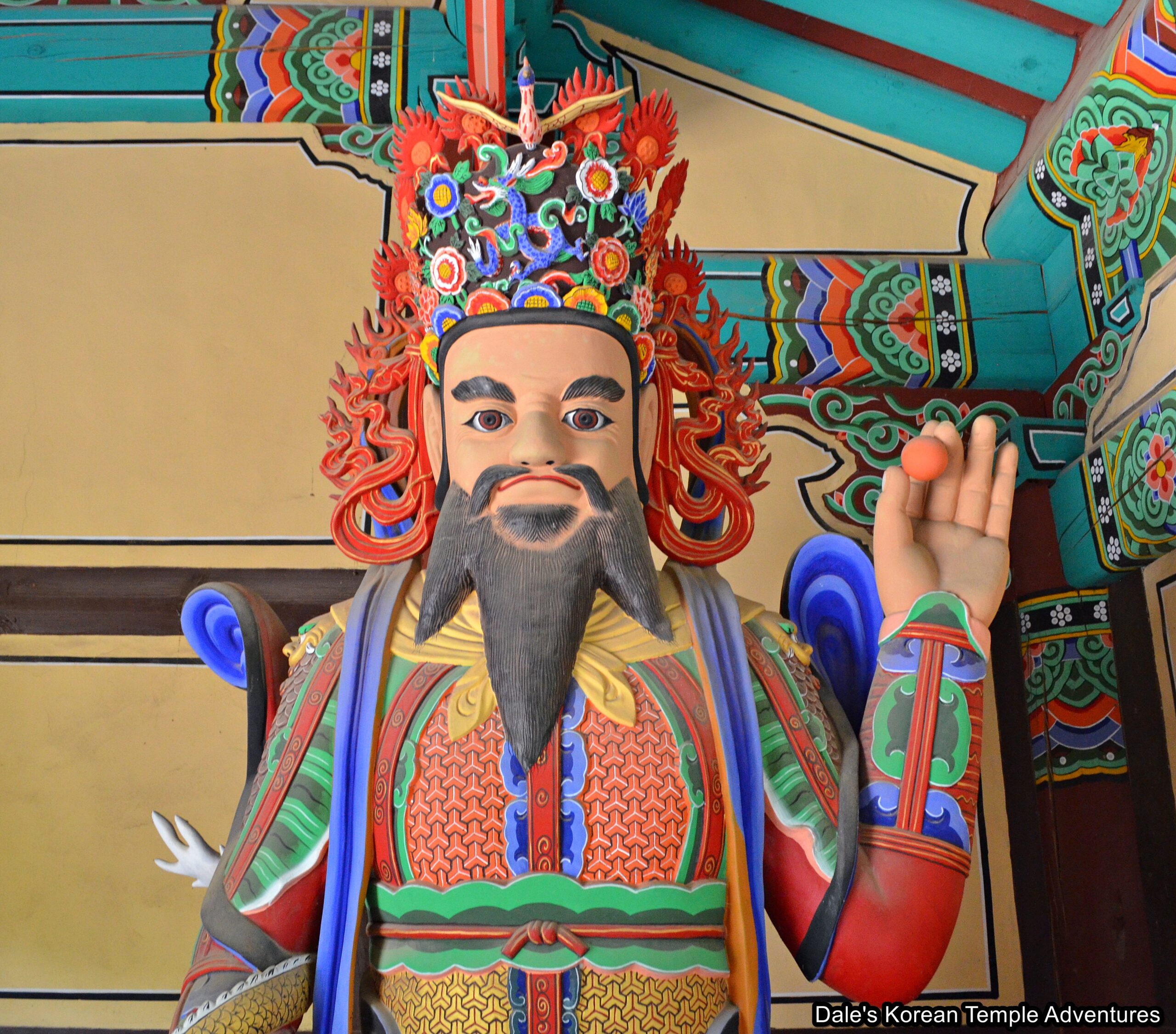
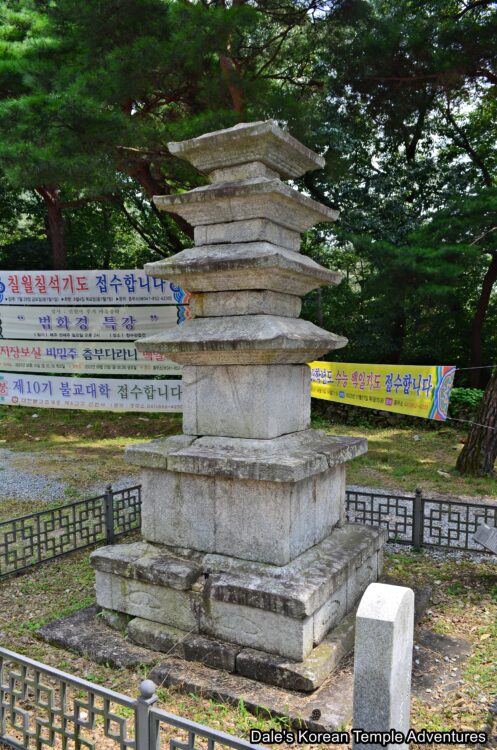
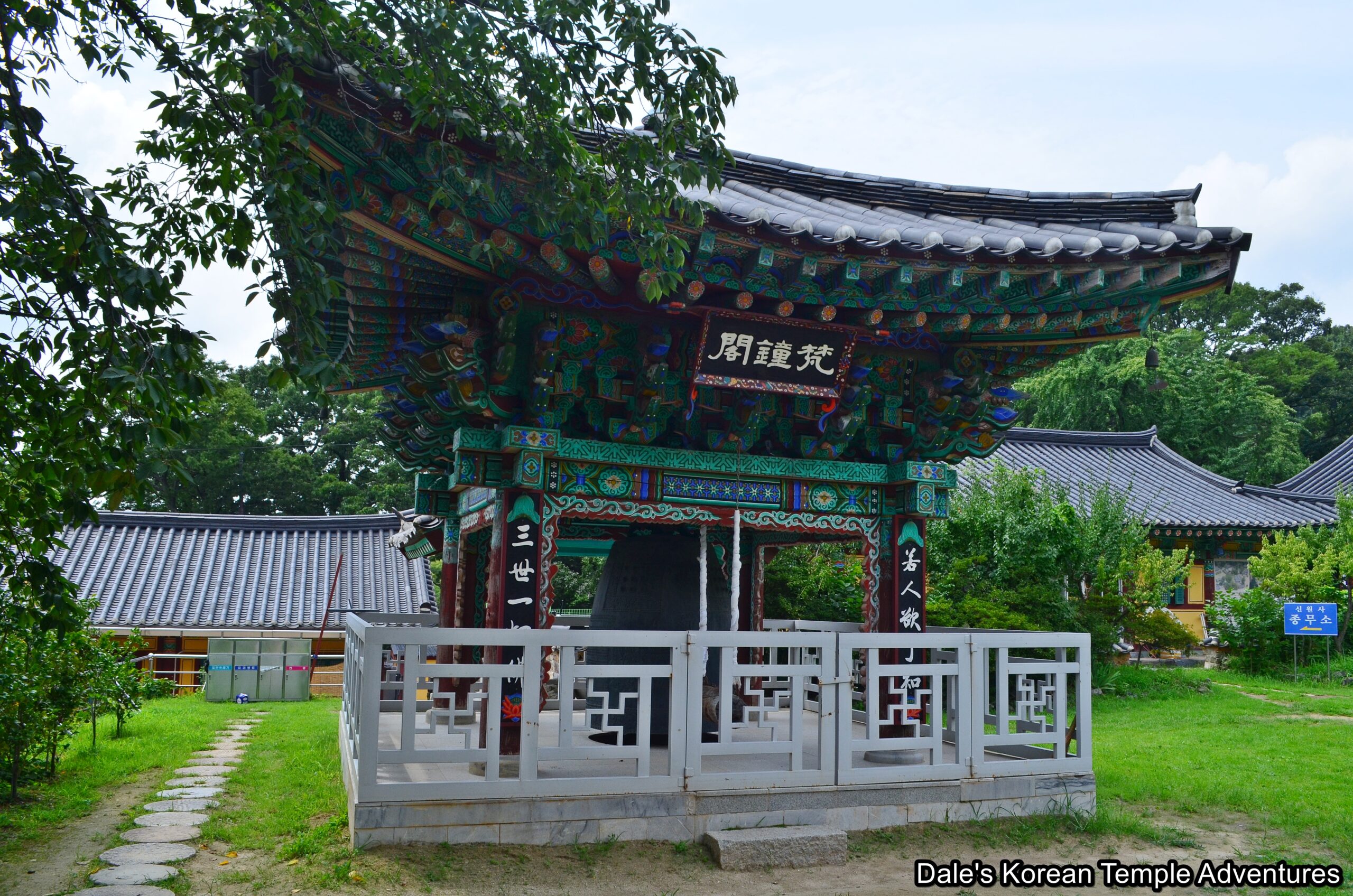
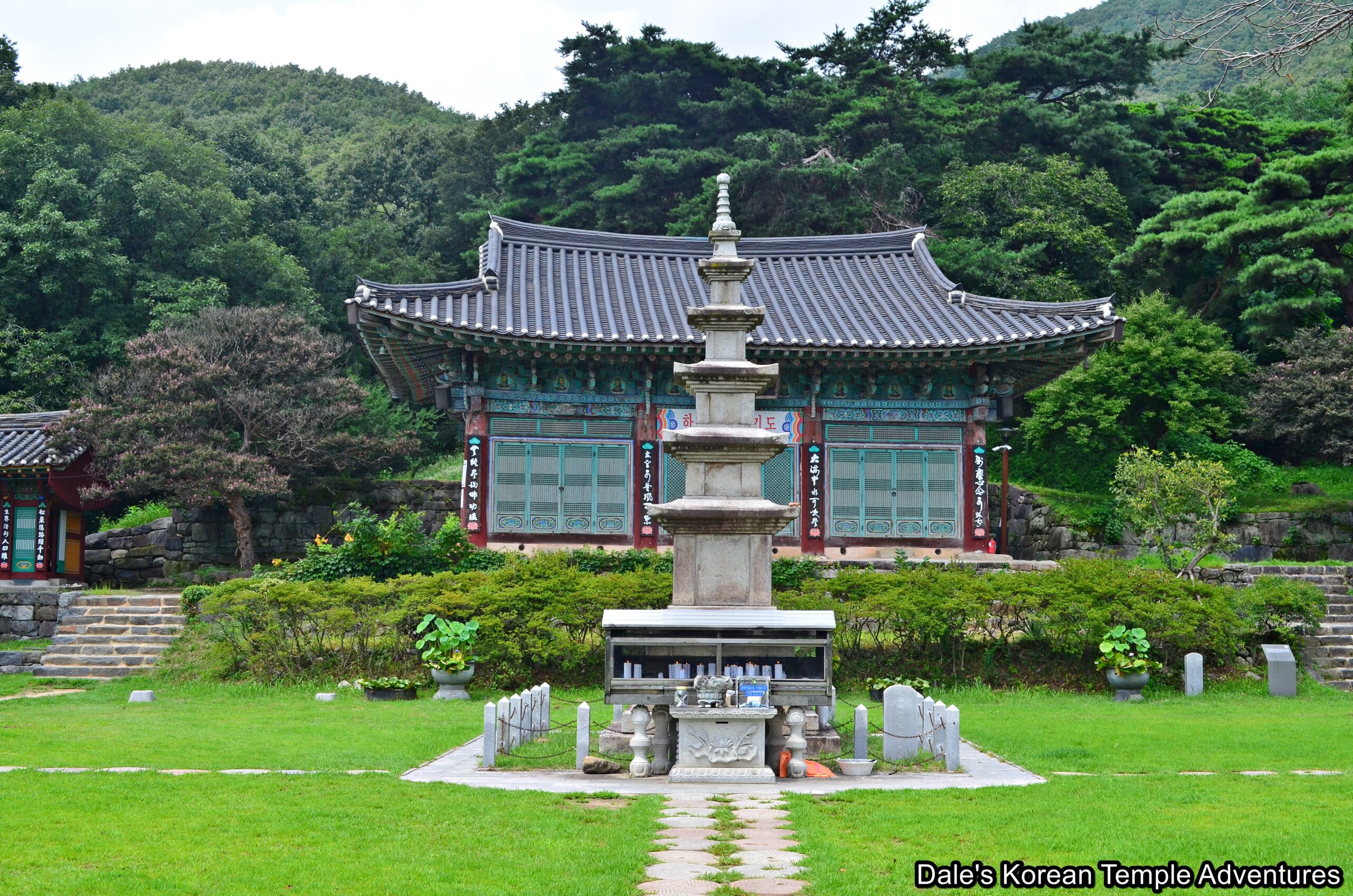
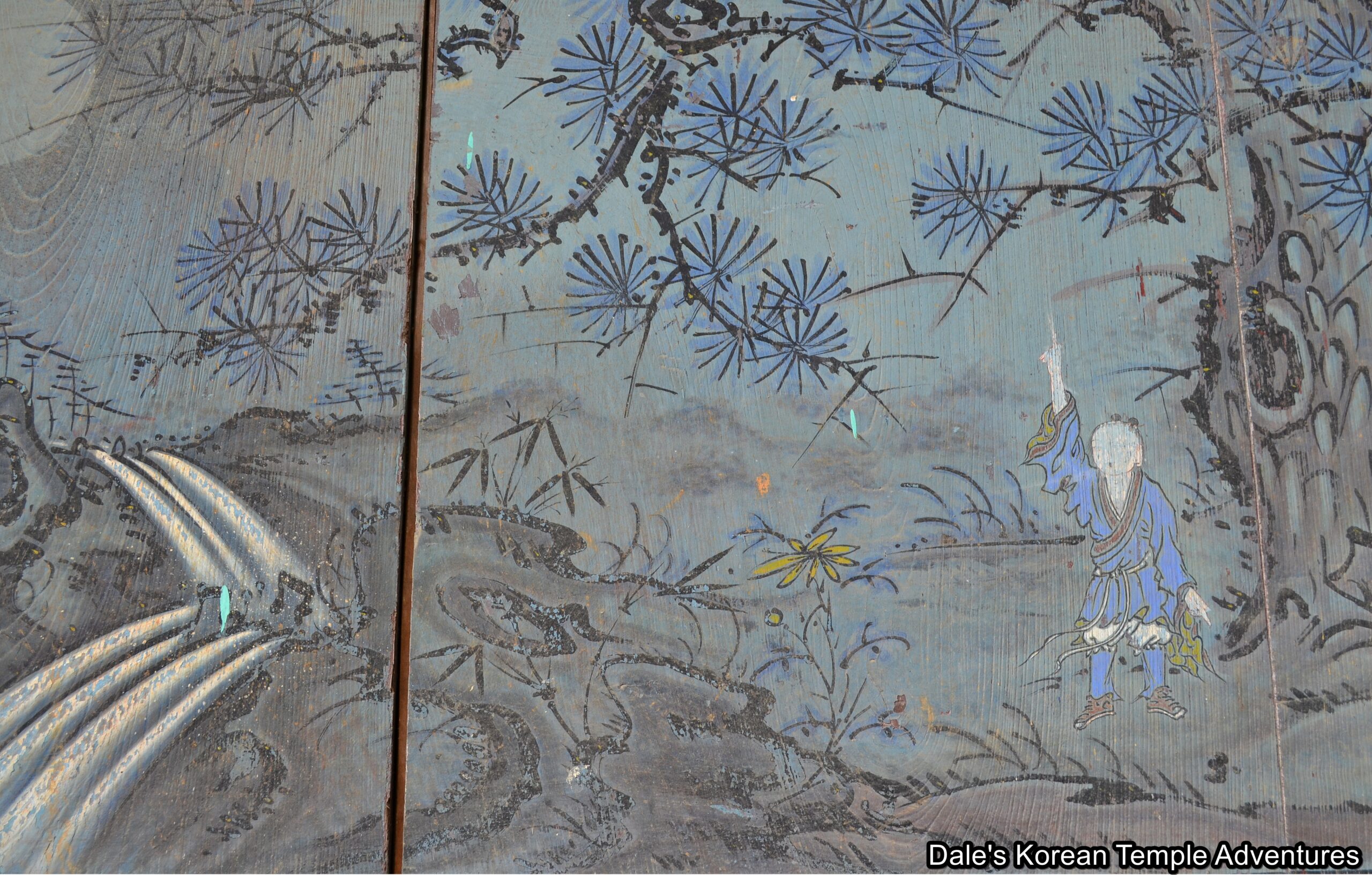
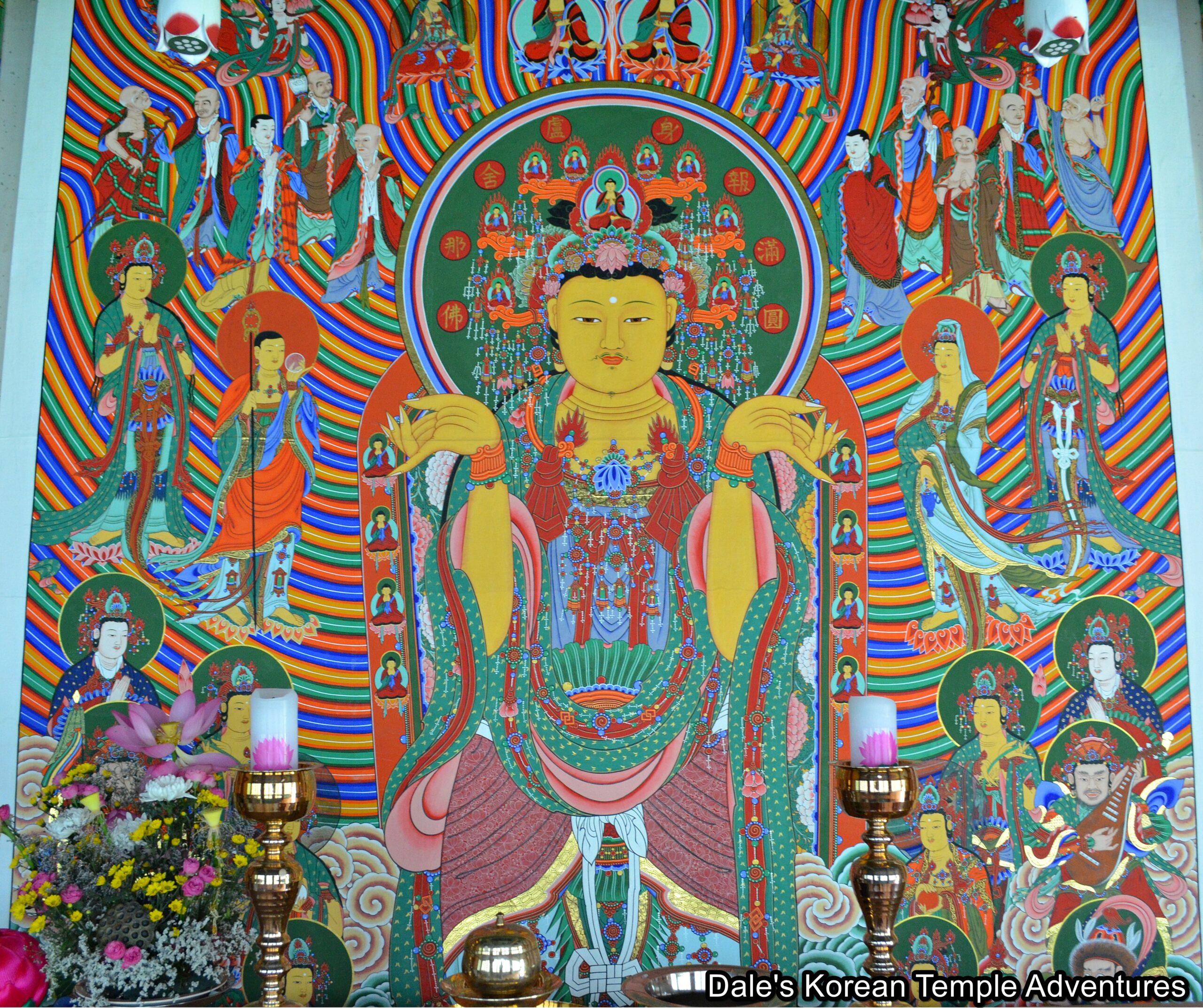
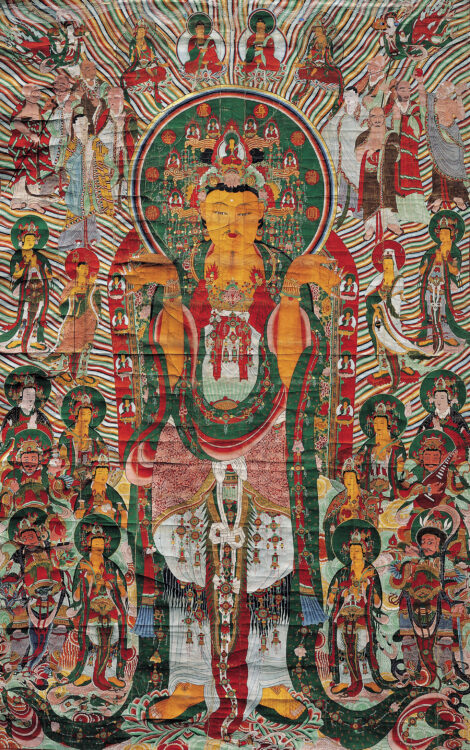
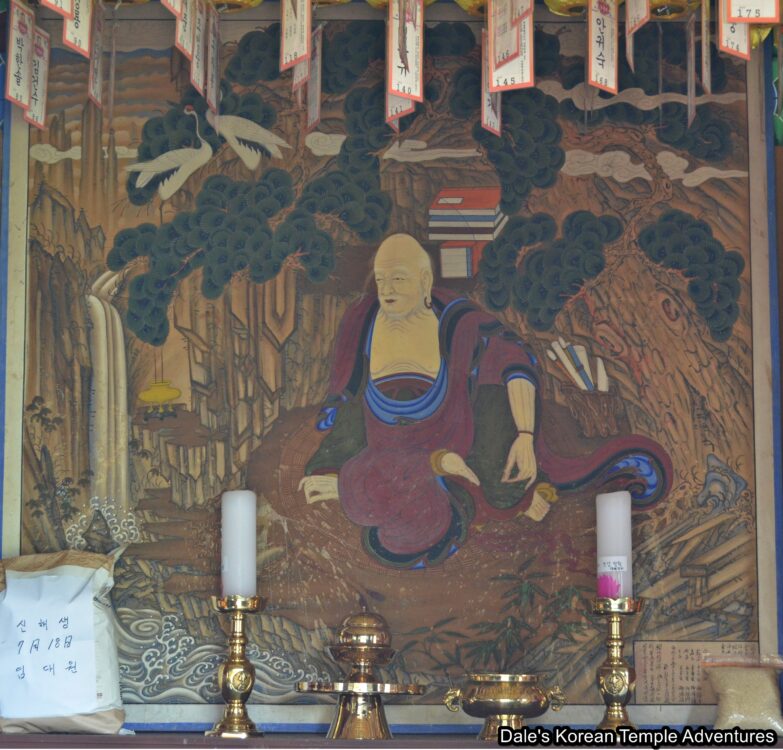
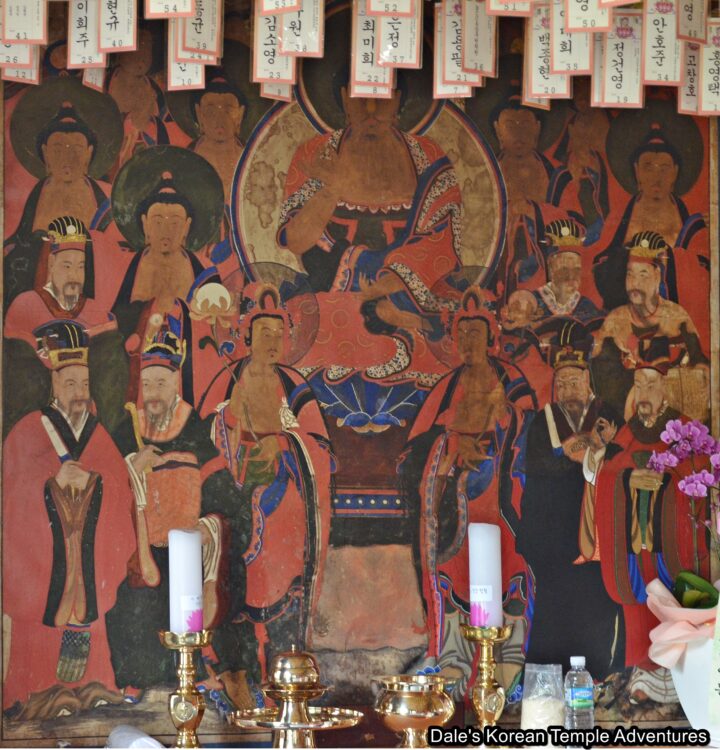
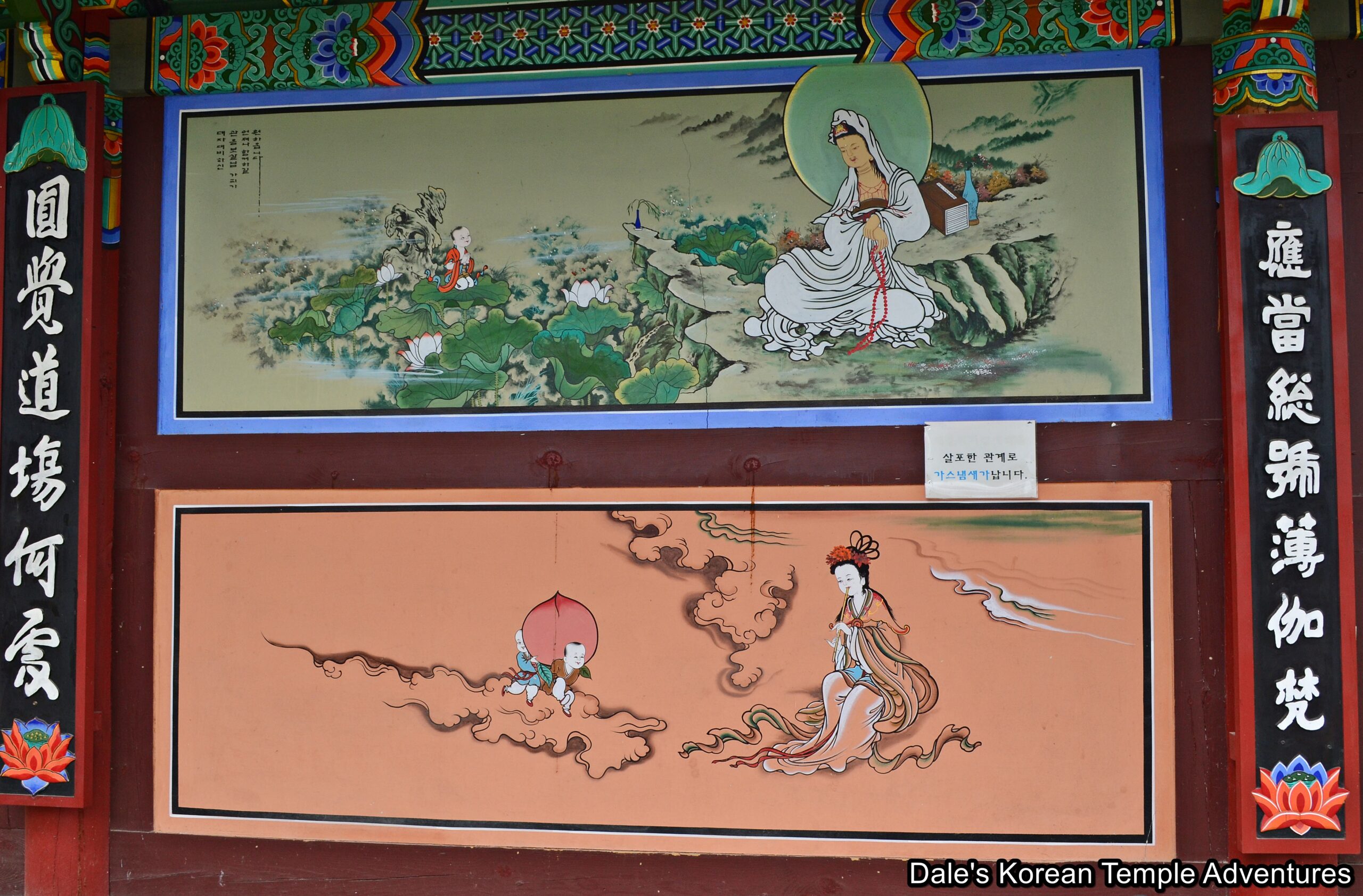
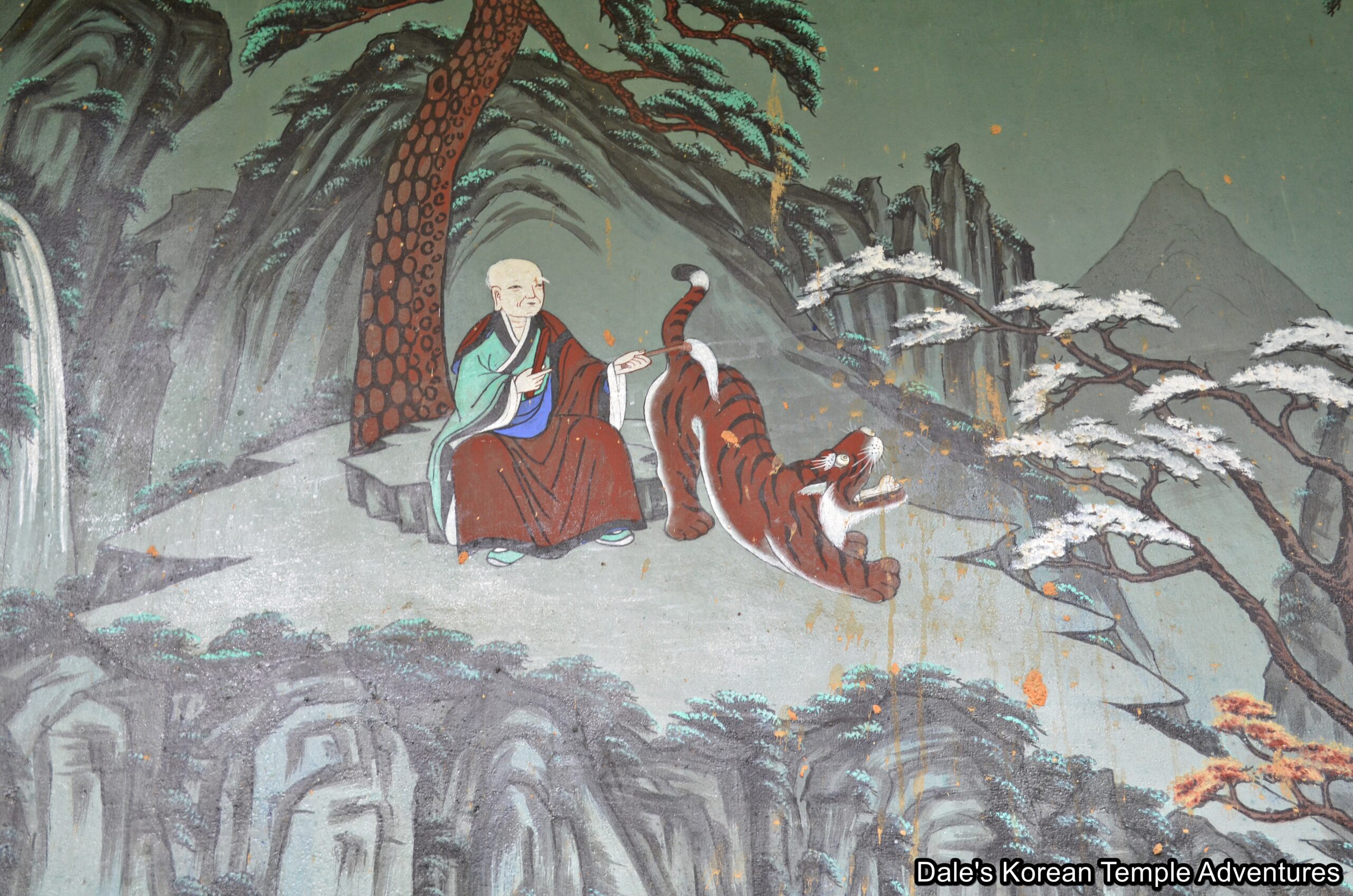
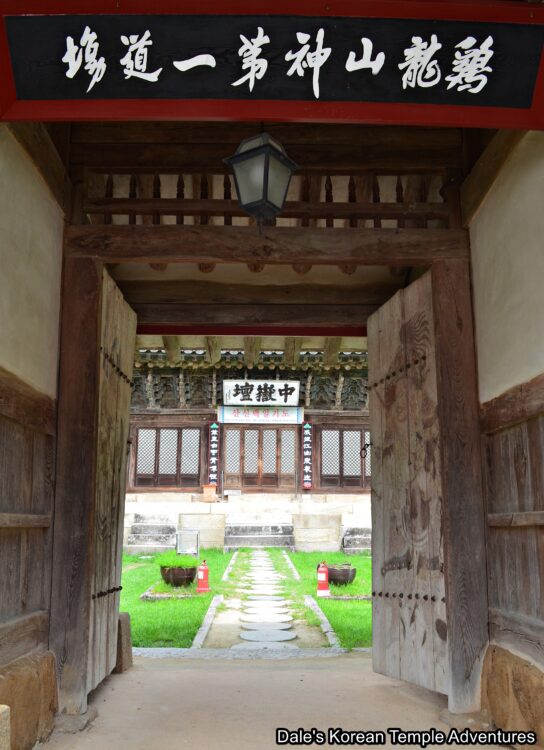
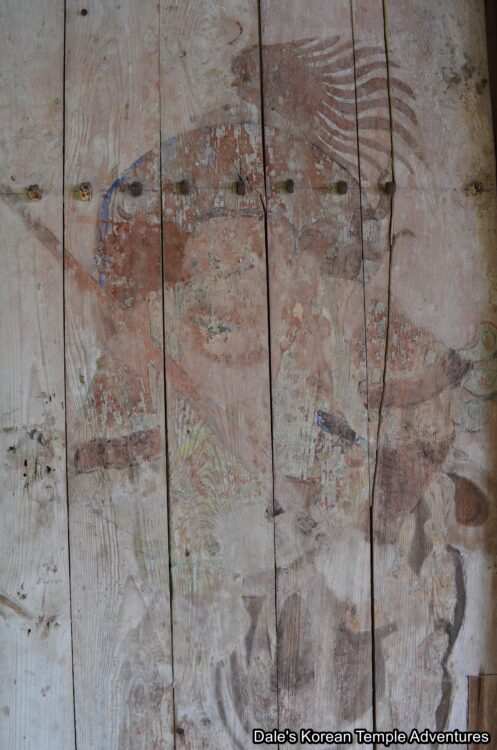
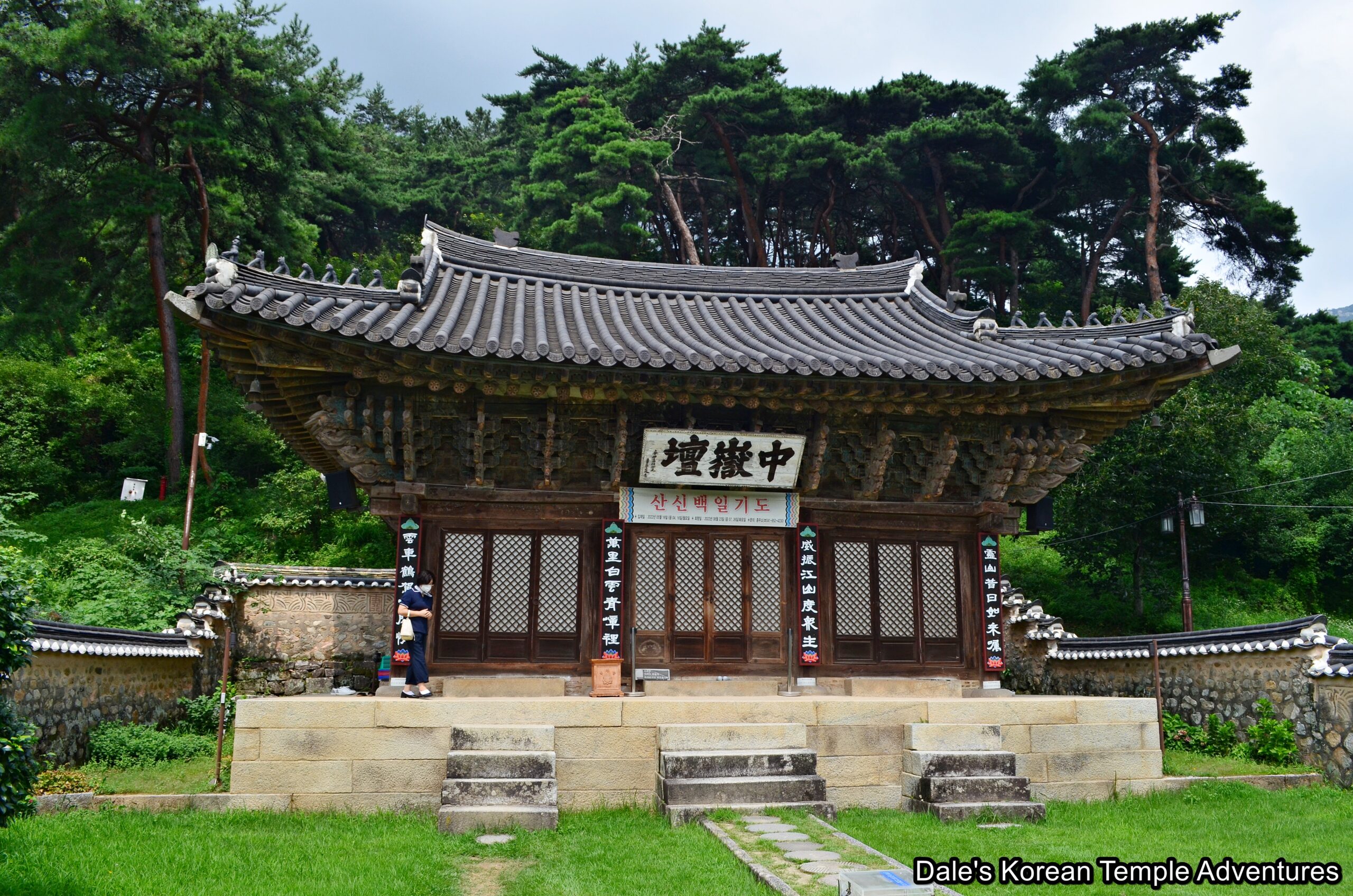
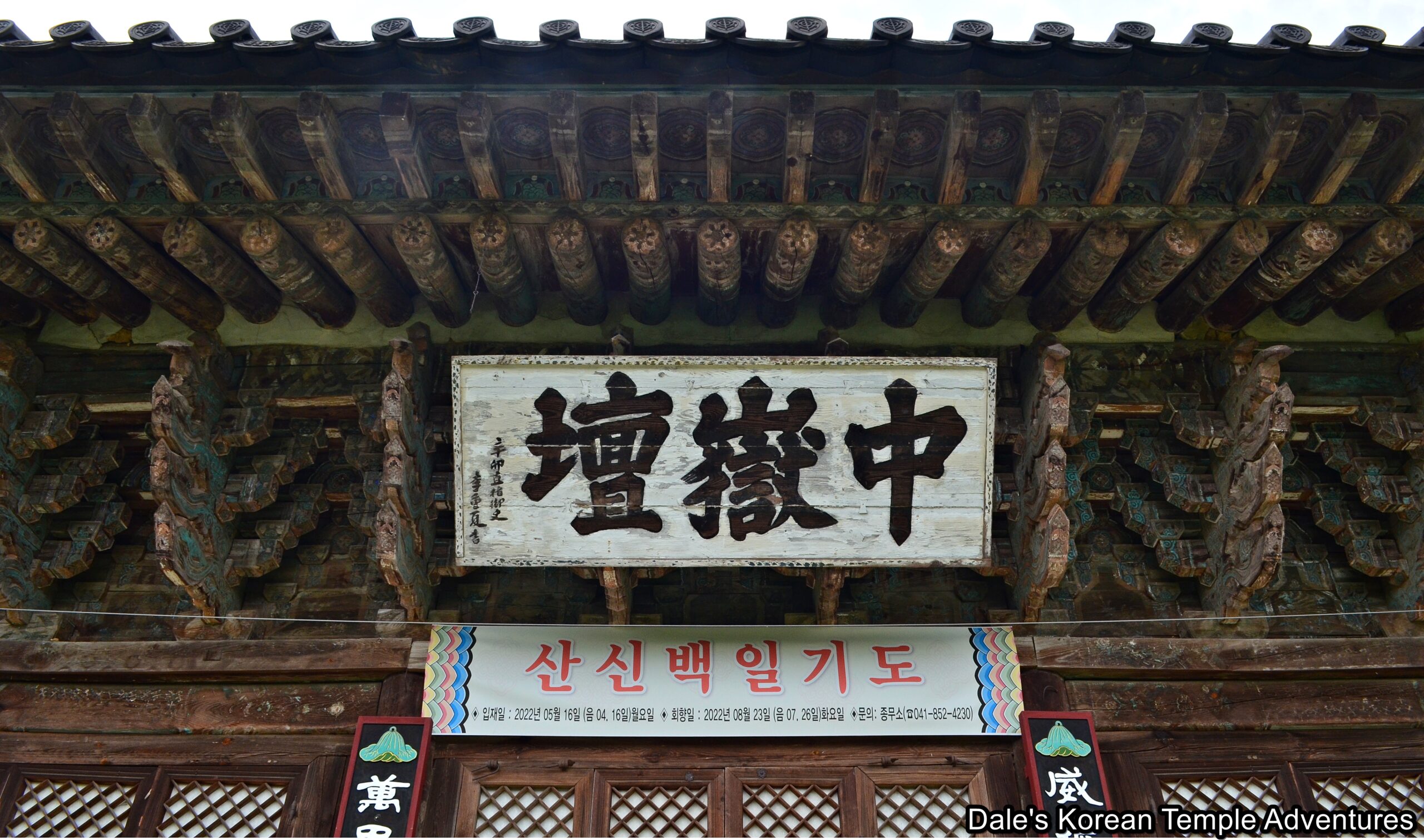
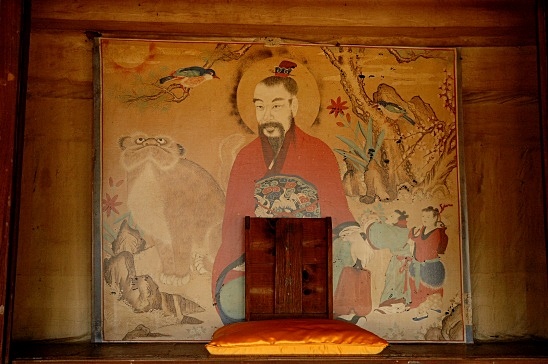





 Learn to read Korean and be having simple conversations, taking taxis and ordering in Korean within a week with our FREE Hangeul Hacks series:
Learn to read Korean and be having simple conversations, taking taxis and ordering in Korean within a week with our FREE Hangeul Hacks series: 
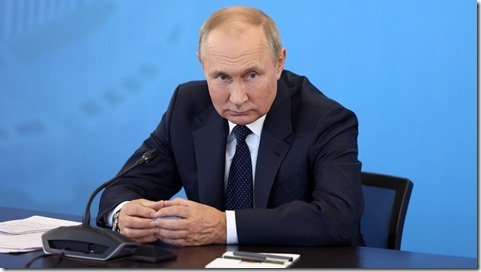

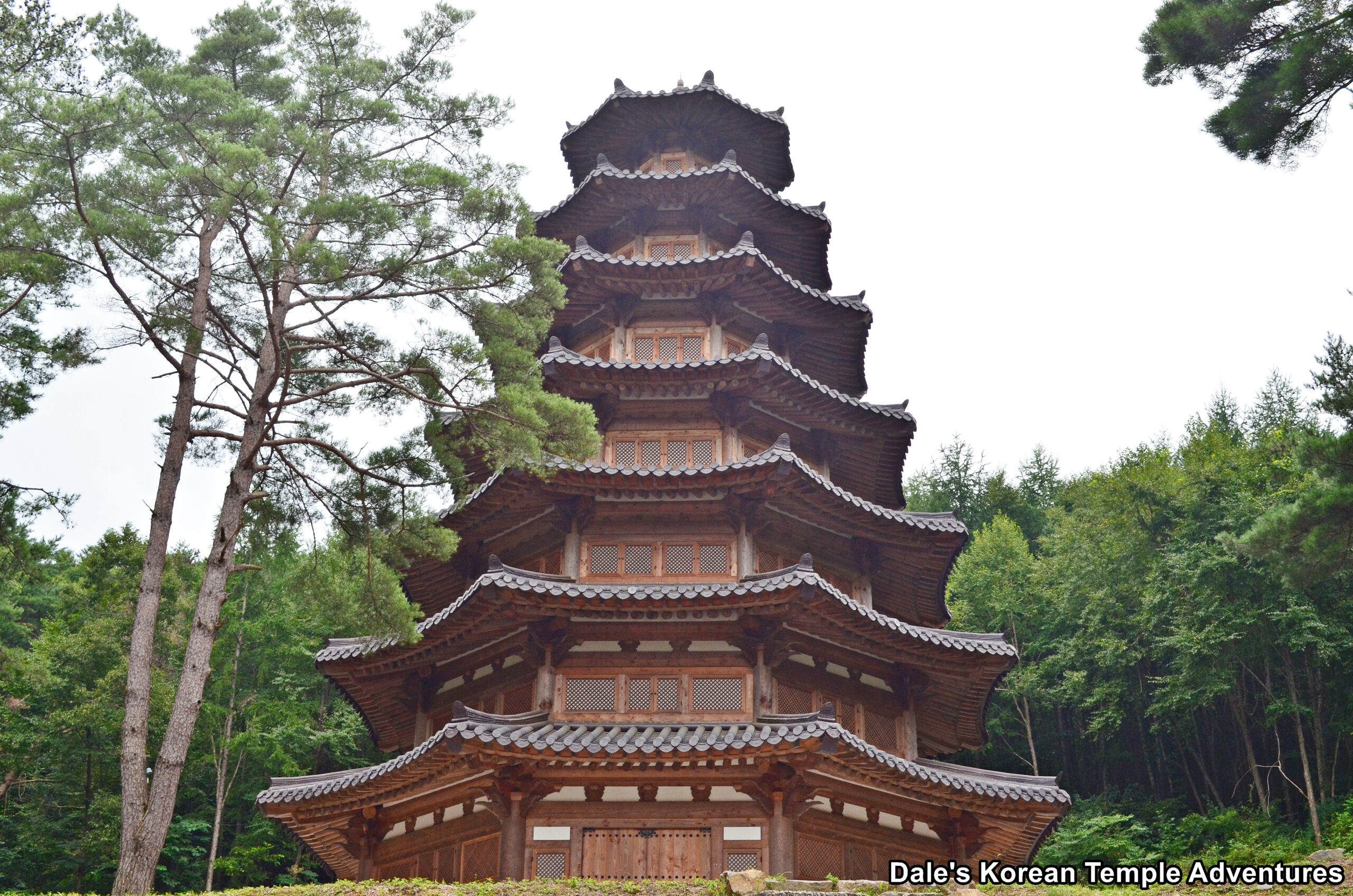
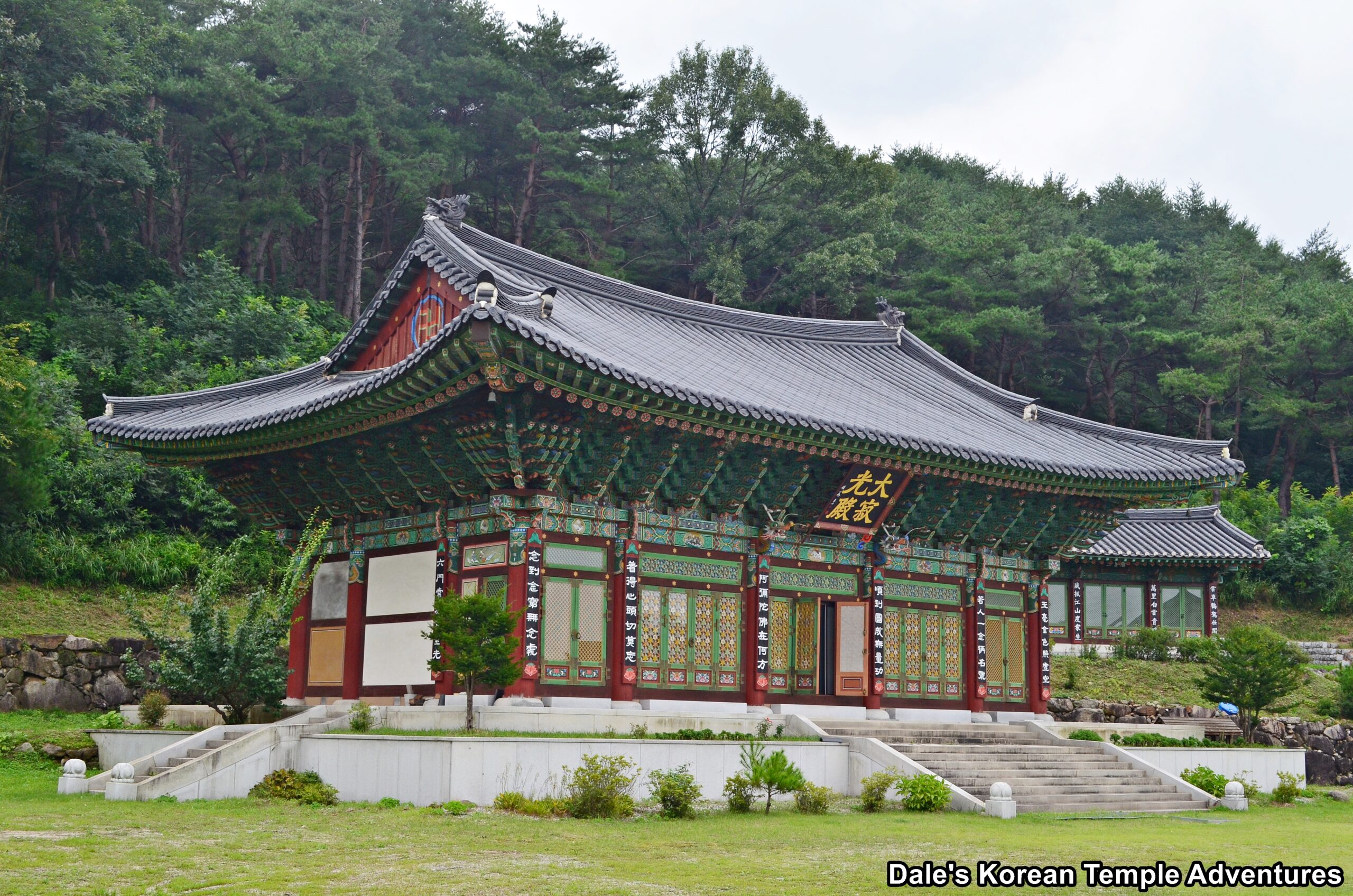
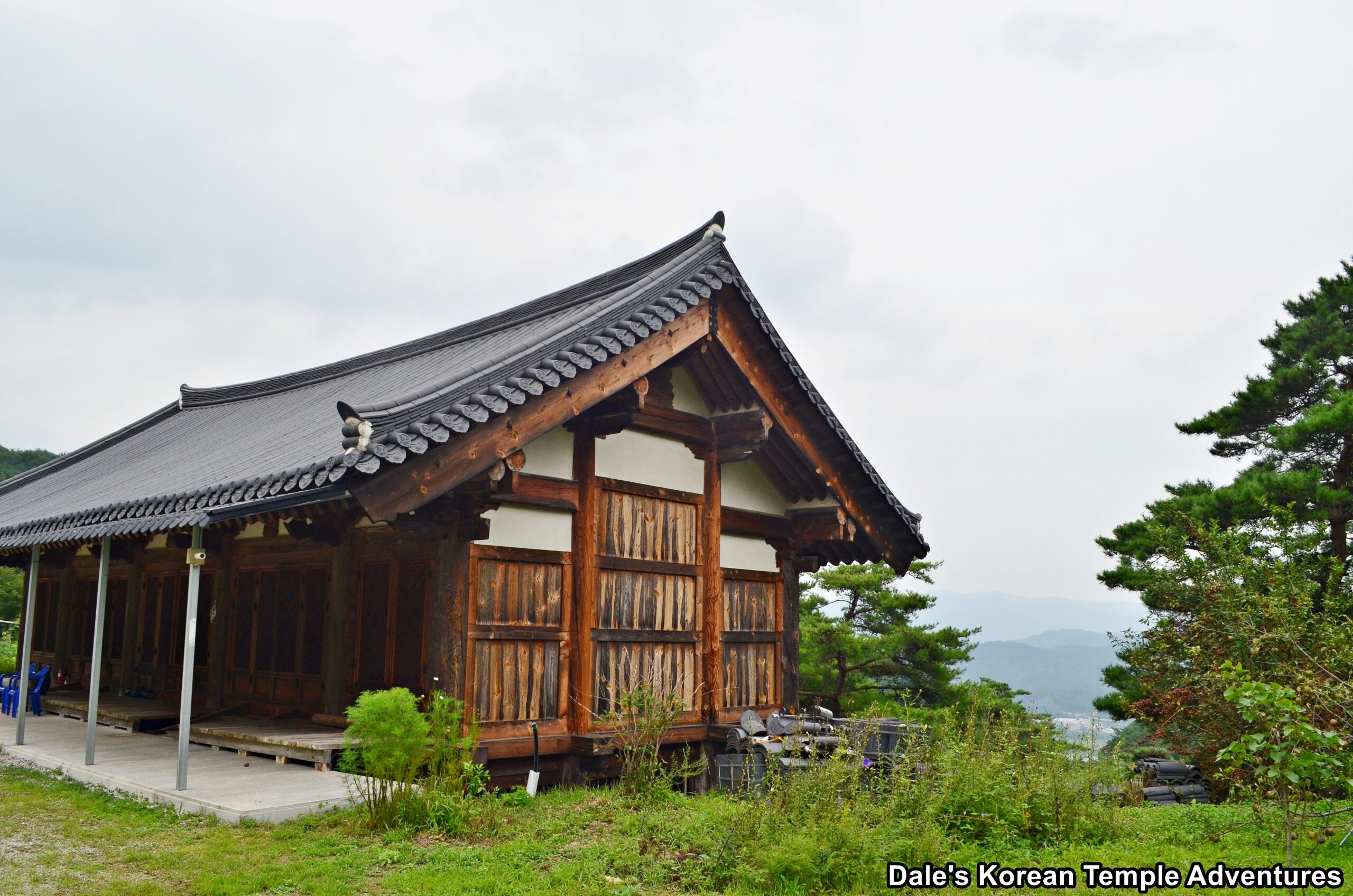

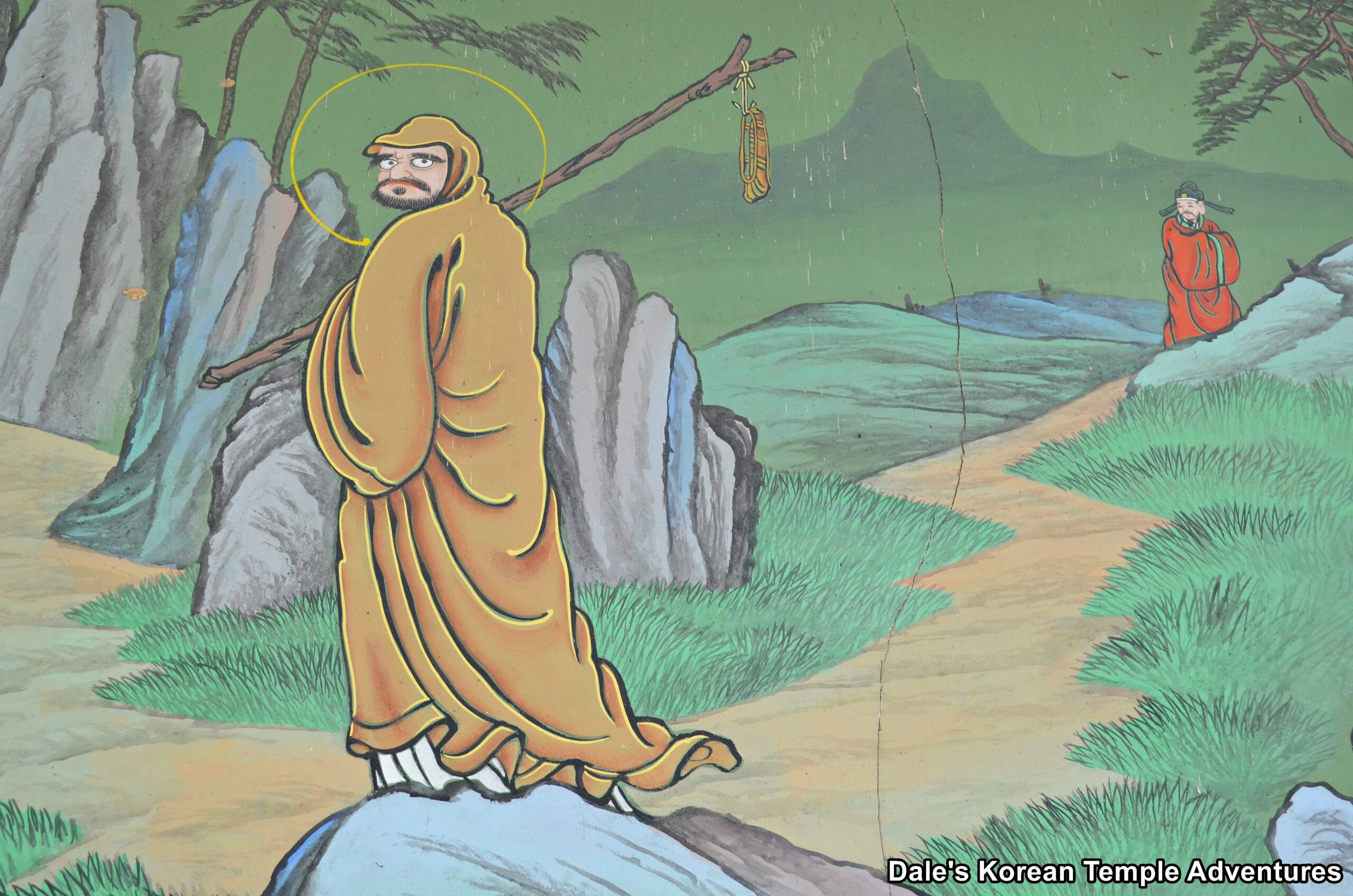
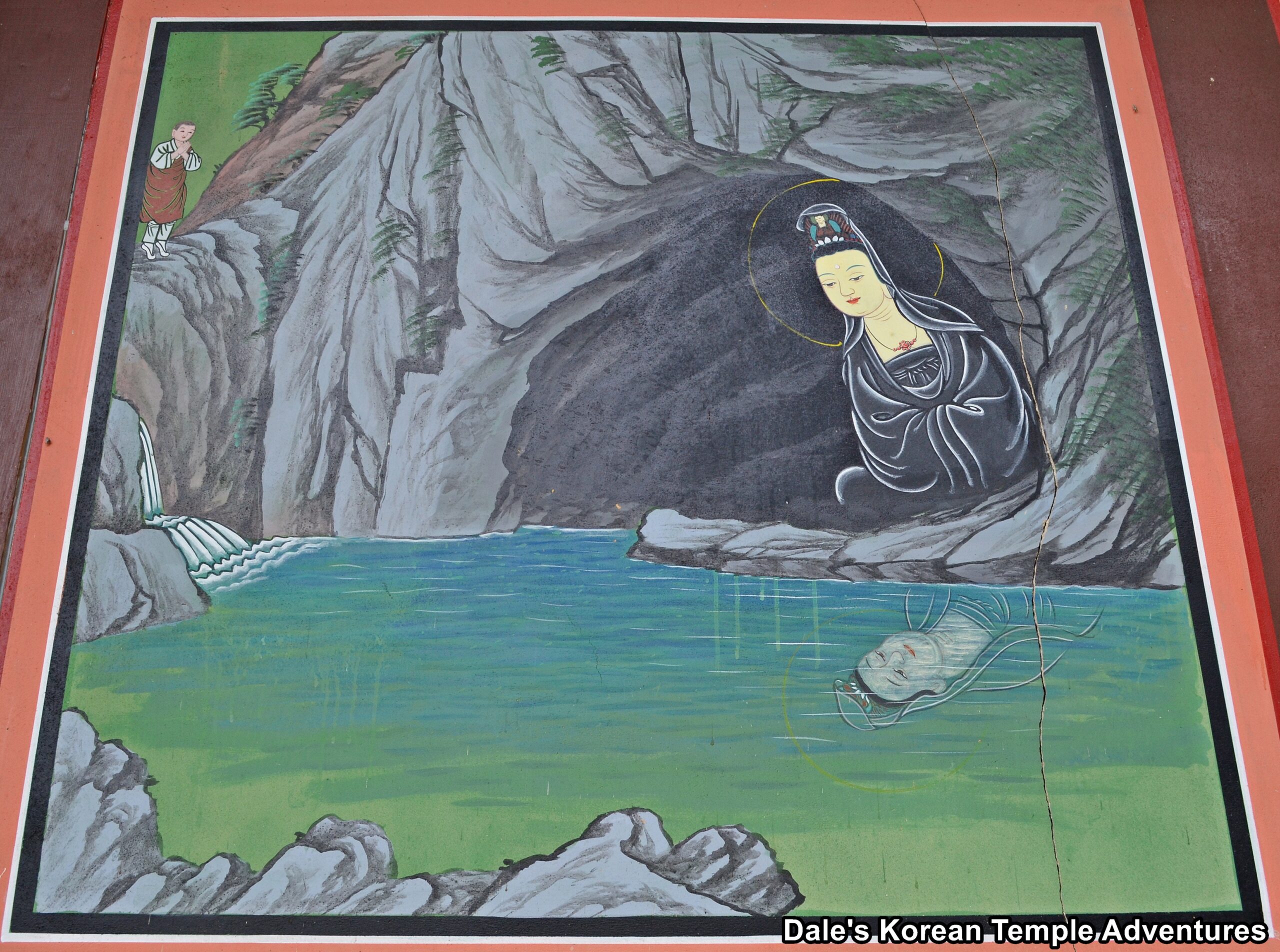
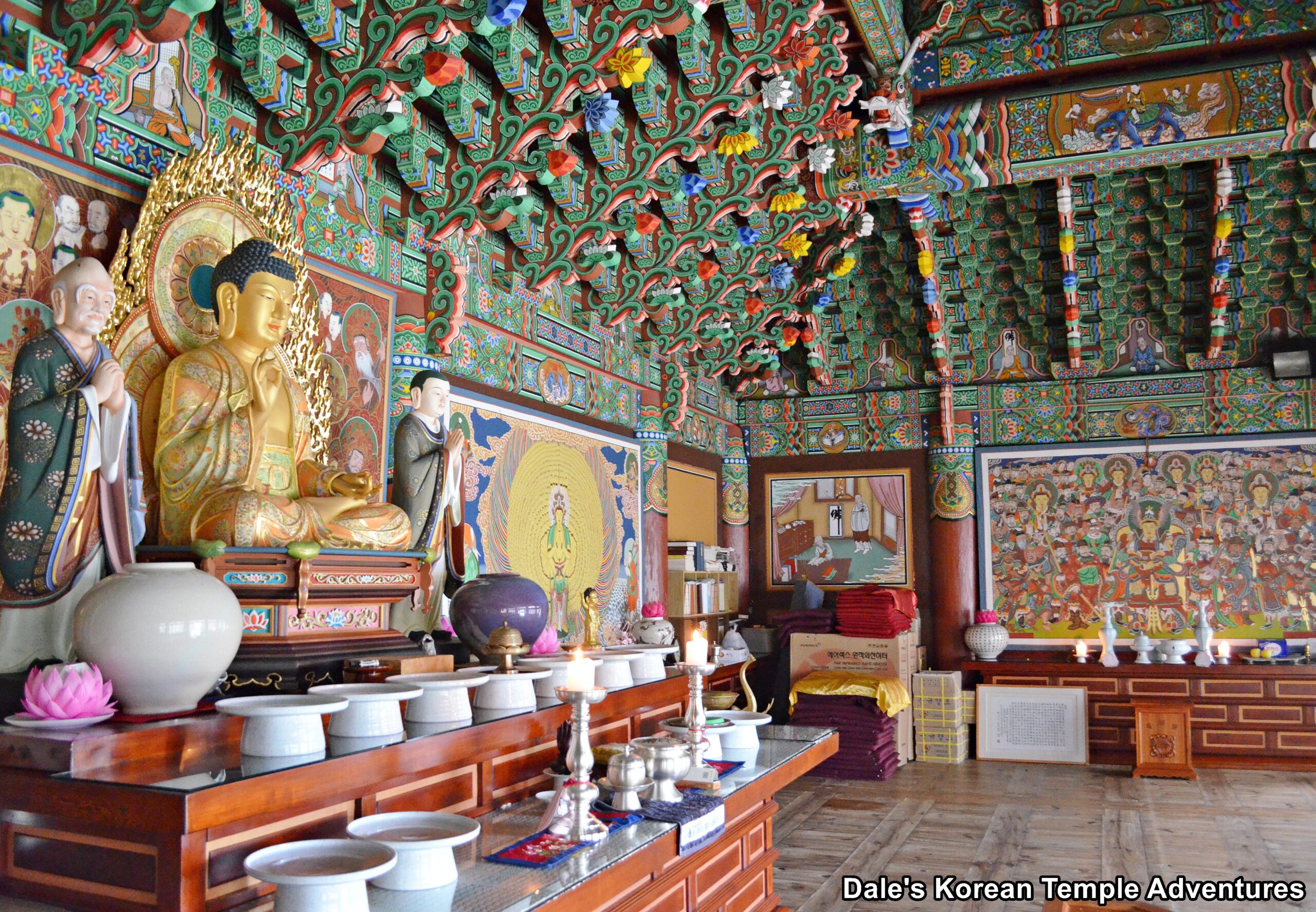
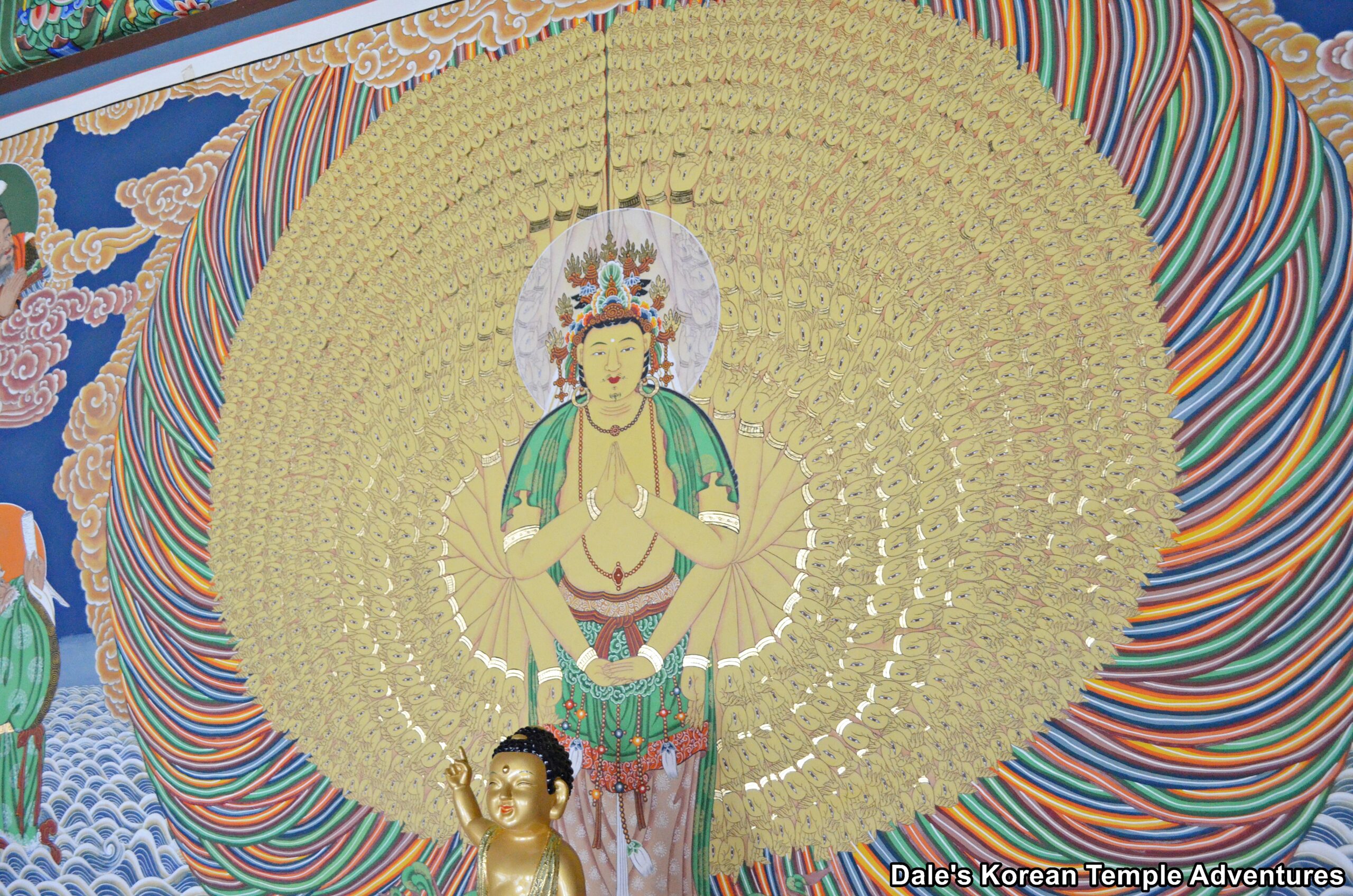
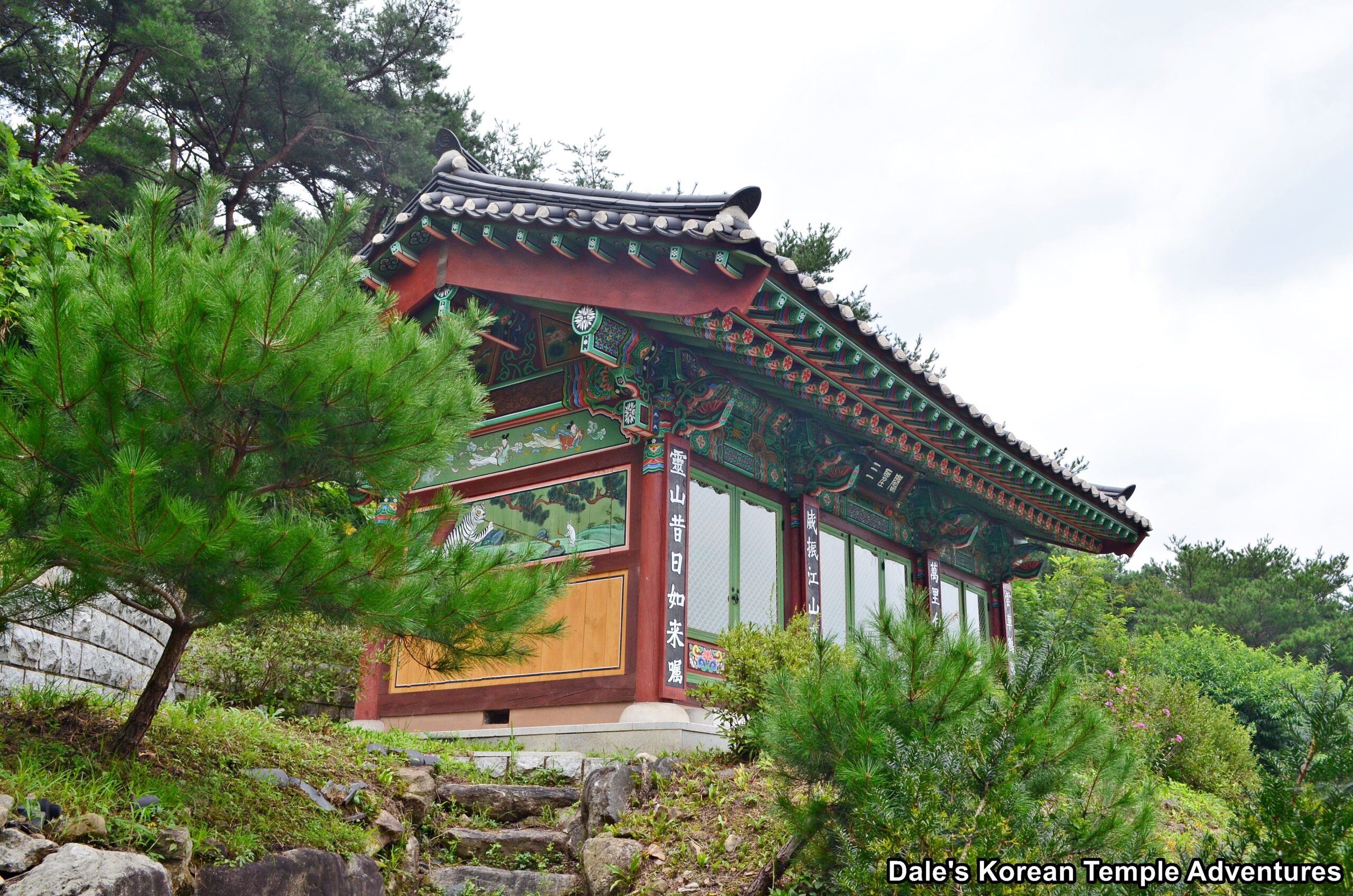
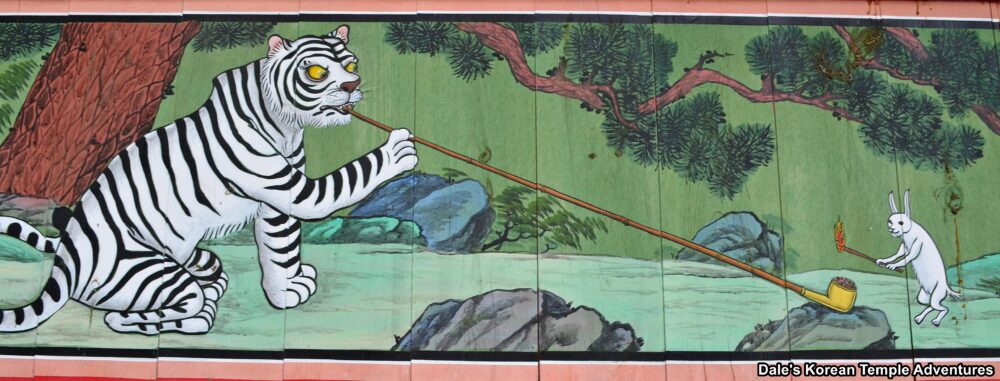
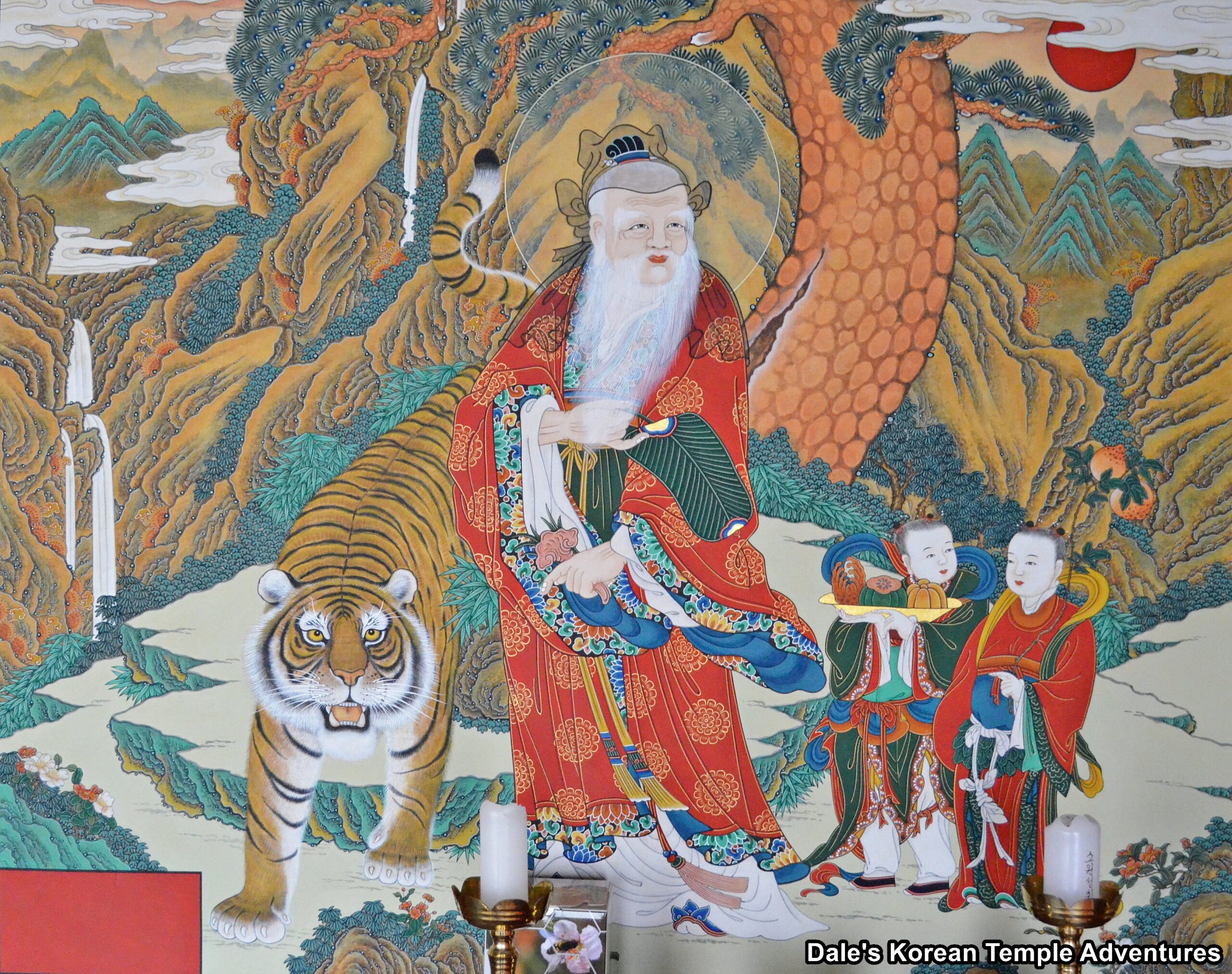
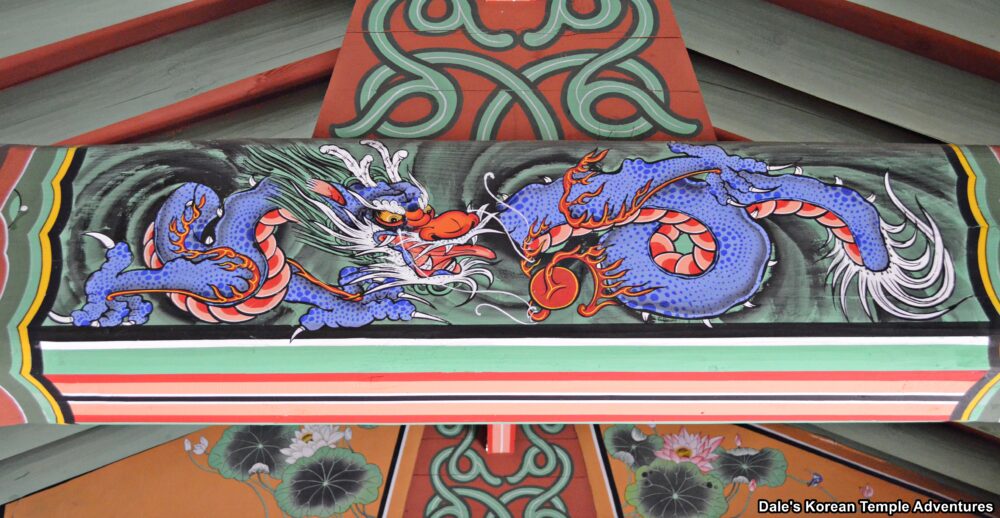
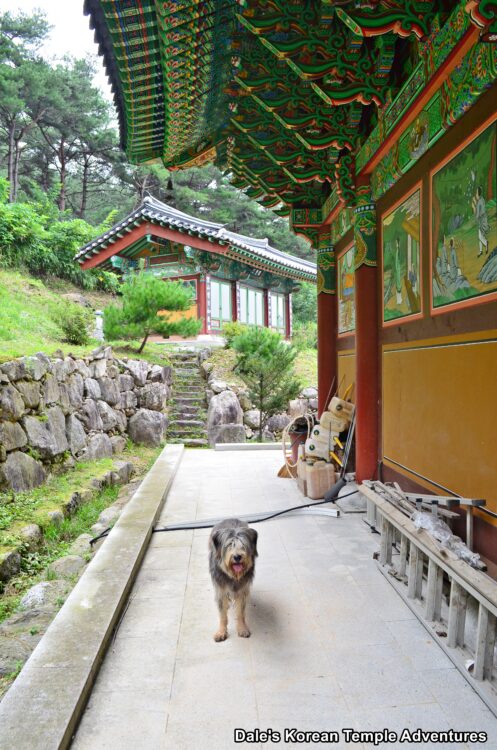
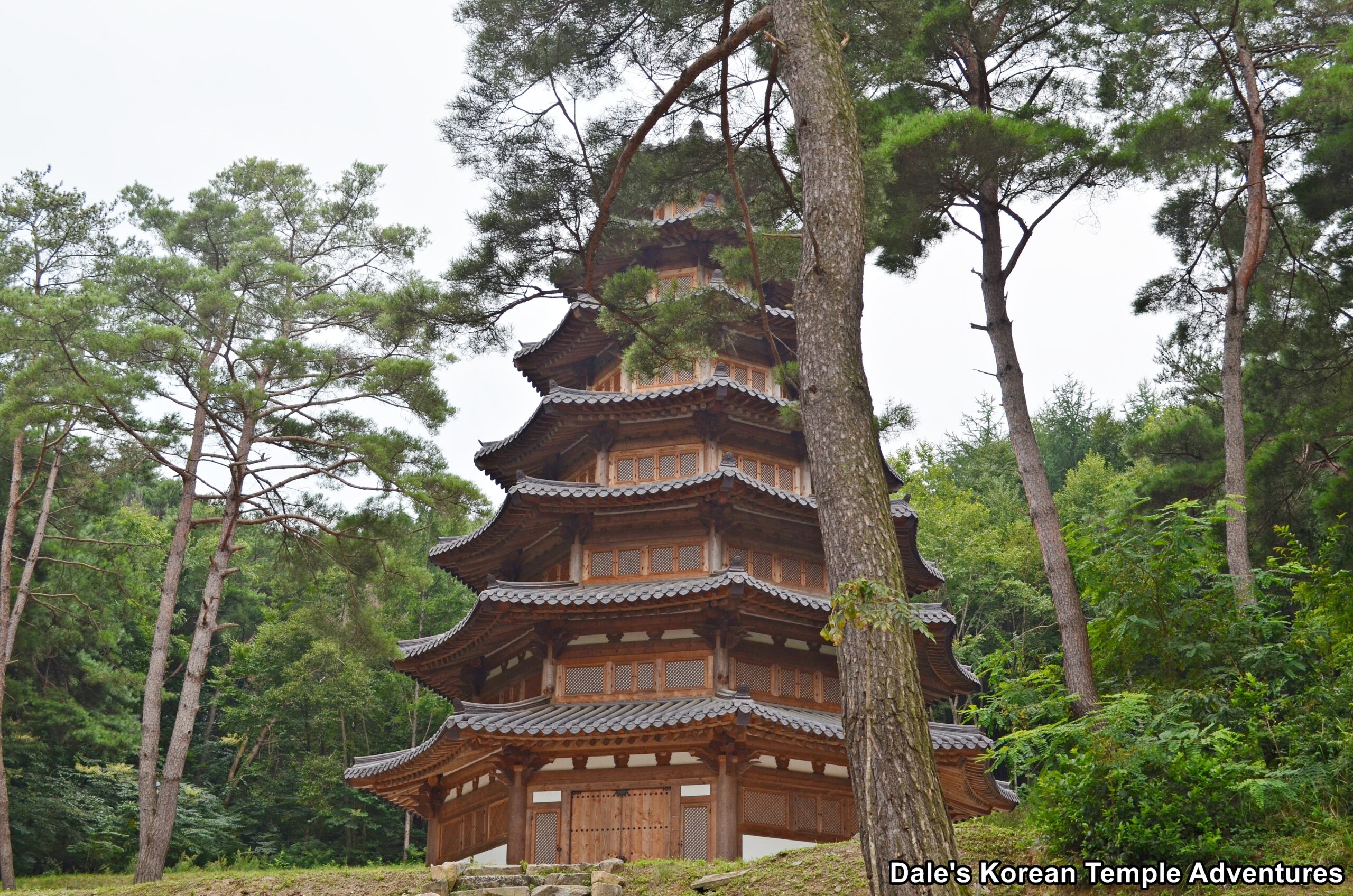

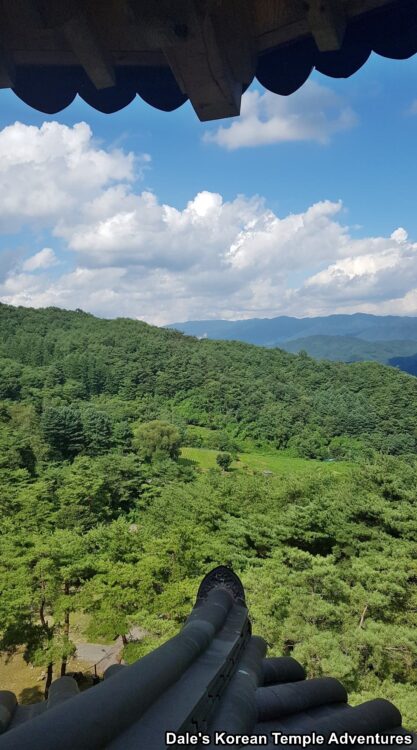
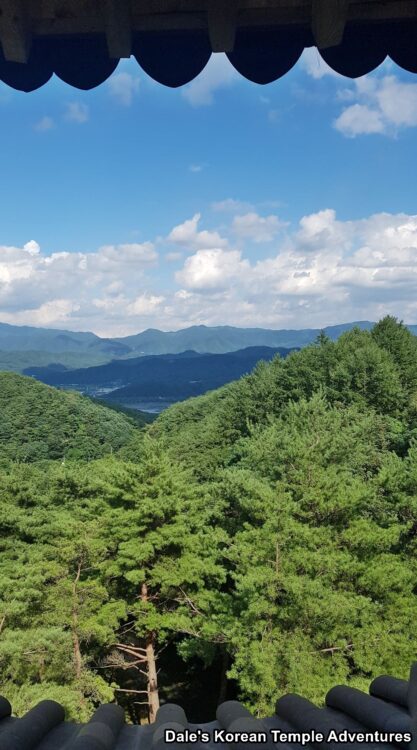
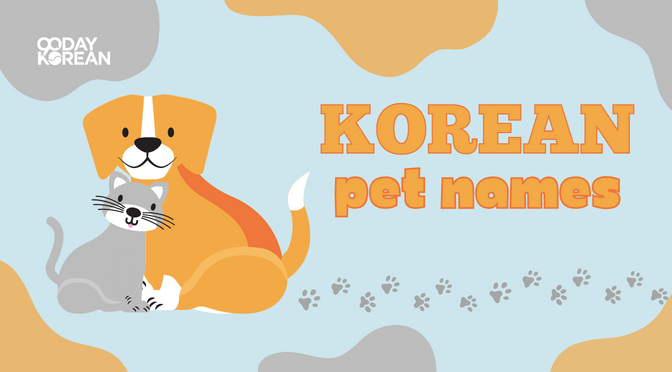
Recent comments